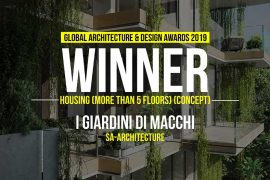The city of Dallas, Texas has architecture to fit everyone’s tastes and needs. From the swirling white Margaret Hunt Hill Bridge designed by the Spanish architect Santiago Calatrava to skyscrapers by American Pritzker winners Philip Johnson and I.M.Pei, to a hemicycle theater by Frank Lloyd Wright and a 1970s-era observation tower named Reunion, Dallas architecture says it all.
1. Texas School Book Depository

The Texas School Book Depository, now known as the Dallas County Administration Building, is a seven-floor building facing Dealey Plaza in Dallas, Texas. Architect Witold has called the building “a surprisingly handsome structure in a simplified Romanesque style, with giant pilasters and heavy brick arches.”
2. JFK Memorial
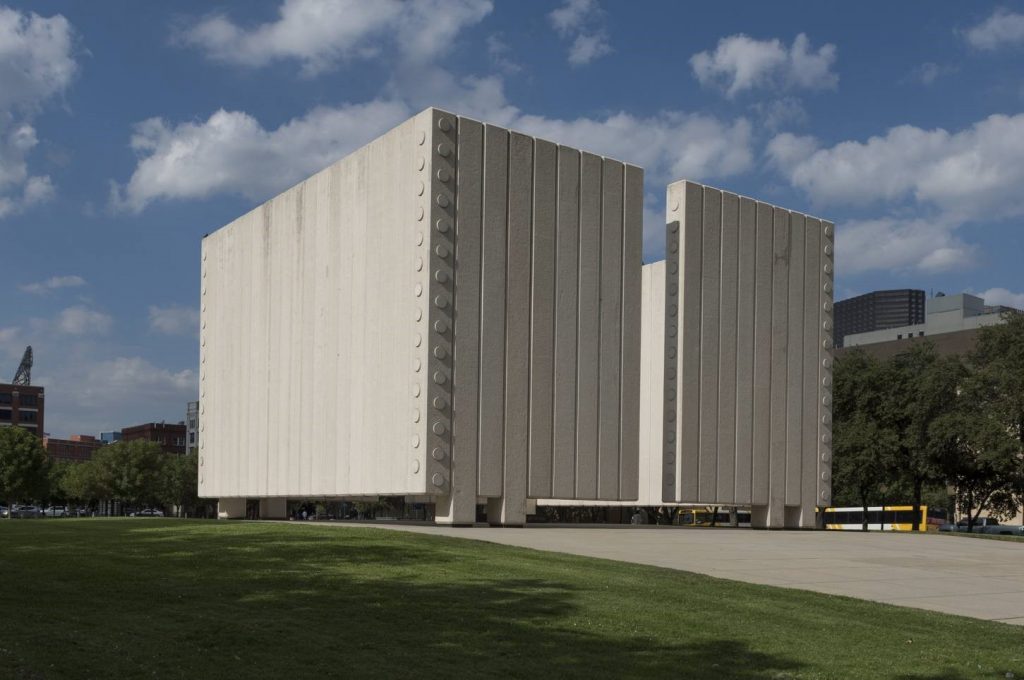
The John Fitzgerald Kennedy Memorial is a monument to U.S. President John Fitzgerald Kennedy in the West End Historic District of downtown Dallas, Texas (USA) erected in 1970, and designed by noted architect Philip Johnson.Johnson’s JFK Memorial is designed as a modern tomb. Inside the structure is a low, granite rectangle. Carved into the side of the grave-like stone is the name John Fitzgerald Kennedy in gold.
3. Dallas City Hall
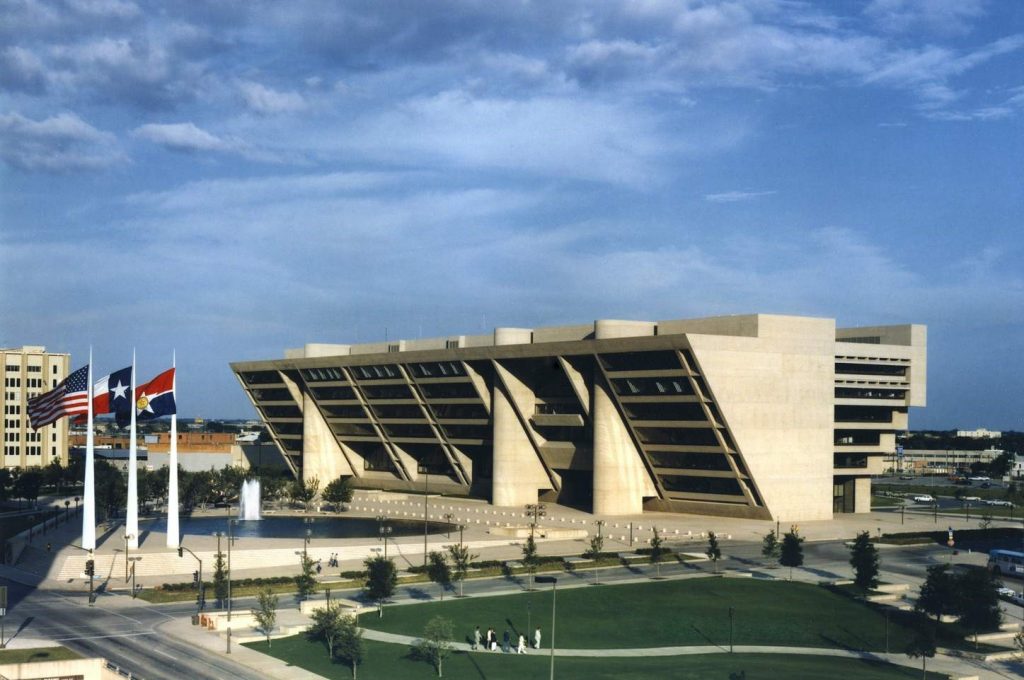
I. M. Pei and Theodore J. Musho designed the concrete City Hall for Dallas in the 1970s when the brutalist style of modernity was common for public architecture. Described by the architect as “boldly horizontal,” the city’s centre for government becomes a “balanced dialogue with Dallas’s skyscrapers.”
4. Comerica Bank Tower
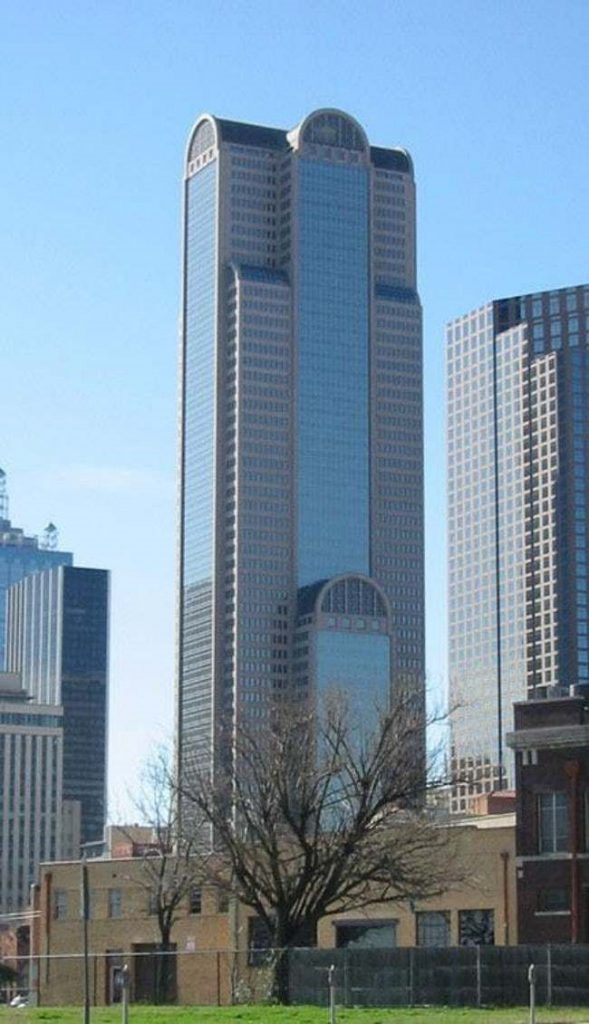
Comerica Bank Tower is a 60-story postmodern skyscraper located at 1717 Main Street in the Main Street District in downtown Dallas, Texas. Standing at a structural height of 787 feet, it is the third tallest skyscraper in the city of Dallas. It is also the sixth tallest building in Texas and the 49th tallest building in the United States. The building was designed by Philip Johnson and John Burgee and was completed in 1987.
5. Old Red Courthouse
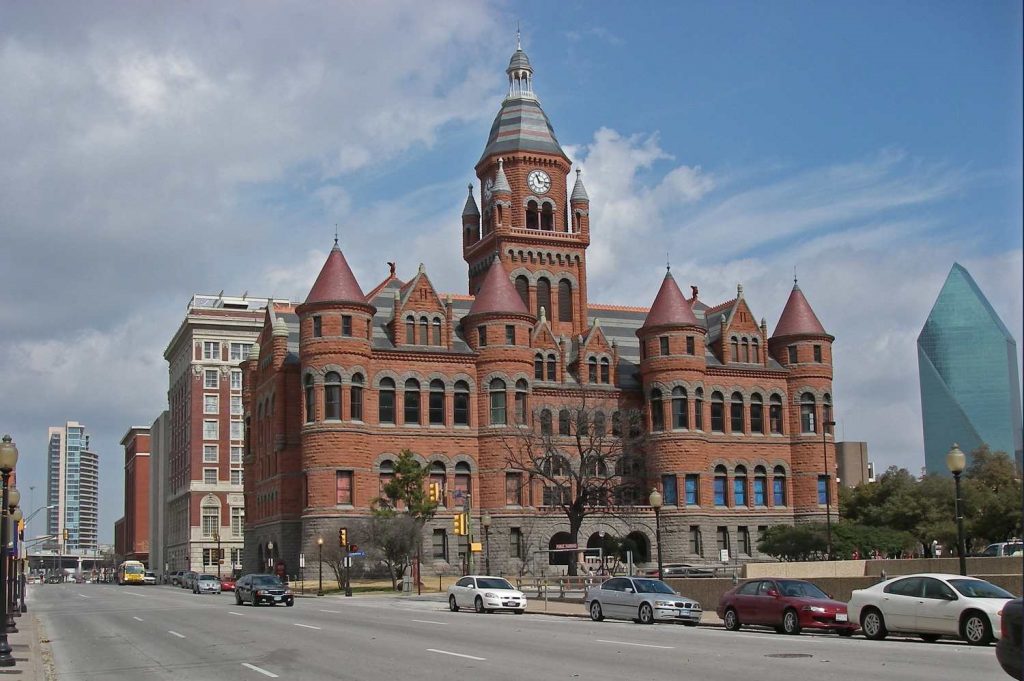
Near the 1970s-era Reunion Tower sits another Dallas landmark — the 1892 Dallas County Courthouse. Built of rusticated red sandstone with marble accents, it was designed in the Richardsonian Romanesque style by architect Max A. Orlopp, Jr. of the Little Rock, Arkansas-based firm Orlopp&Kusener.
6. Perot Museum
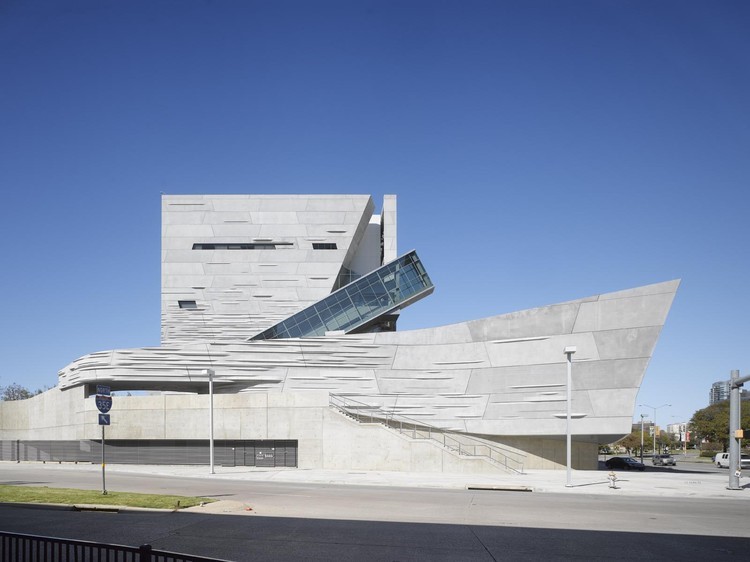
Designed by Pritzker Architecture Prize Laureate Thom Mayne, the Perot Museum‘s building has been called “the boldest piece of modern architecture to hit Dallas” by the Dallas Morning News. The building uses creative design techniques to create a unique and sustainable Dallas icon.
7. George W. Bush Presidential Library
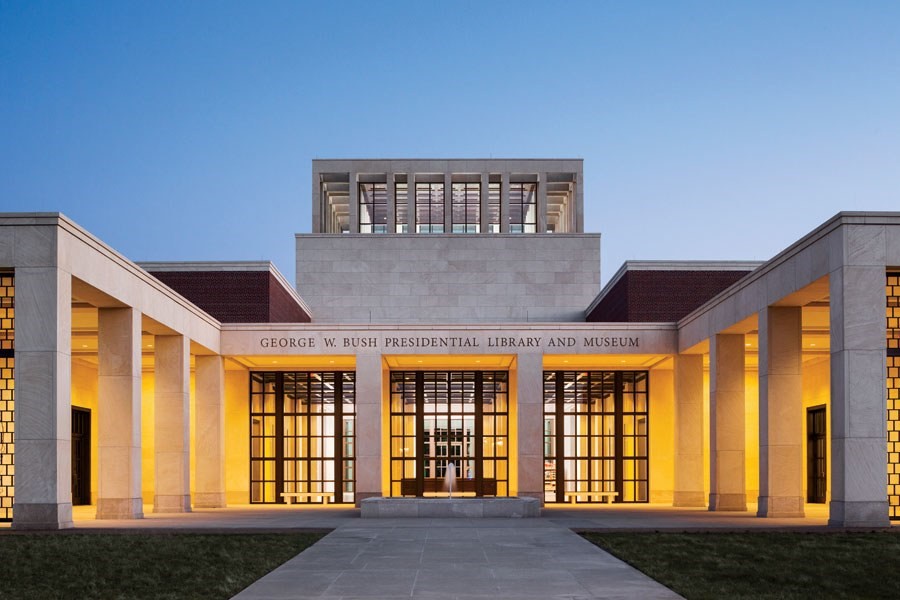
Bush chose New York architect Robert A. M. Stern and his firm RAMSA to design the Bush center on the campus of Southern Methodist University. The George W. Bush Library Presidential Library and Museum looks classical and staid.
8. Meyerson Symphony Center
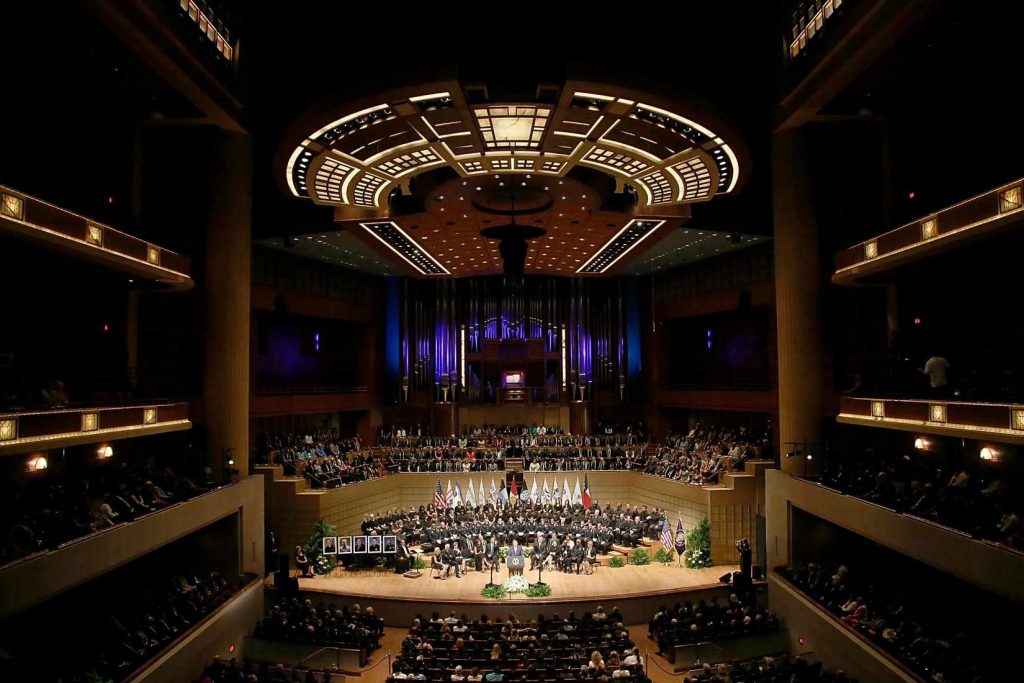
The Eugene McDermott Concert Hall at the Meyerson Symphony Center Designed by I.M. Pei. Gary Miller/Getty Images The Morton H. Meyerson Symphony Center is a concert hall located in the Arts District of downtown Dallas, Texas (USA). Ranked one of the world’s greatest orchestra halls, it was designed by architect I.M. Pei. McDermott Hall is a rectangular shoebox performance area, but it is surrounded by circular and pyramidal public areas of marble and glass. The architect combined the private and public nature of the venue within the design itself.
9. Winspear Opera House
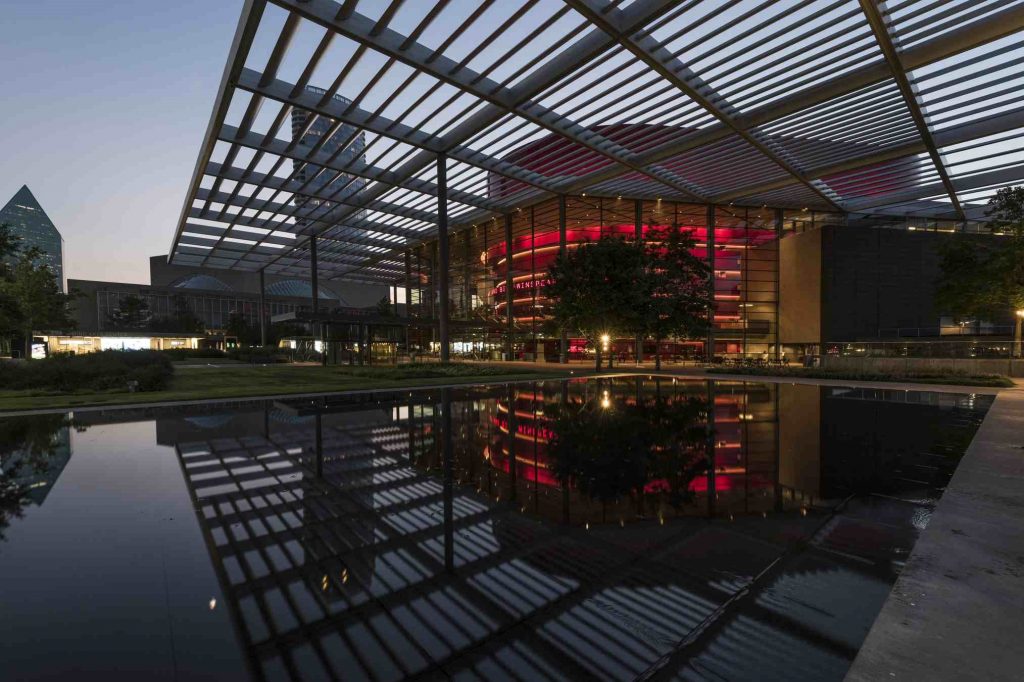
The new Winspear Opera House designed my Norman foster in Dallas redefines the essence of an opera house for the twenty first century, breaking down barriers to make opera more accessible for a wider audience. Responding to the Dallas climate, a generous solar canopy extends from the building, revealing below a fully glazed sixty-foot-high lobby. This establishes a direct relationship between inside and outside, enhancing transparency.
10. Dee and Charles Wyly Theatre
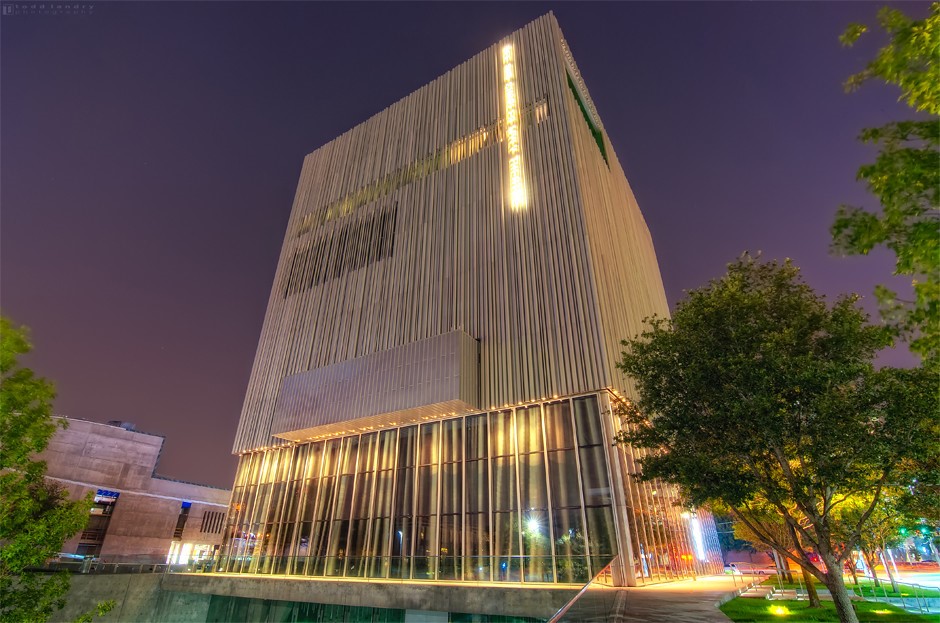
Designed by Rem Koolhaas, Joshua Prince-Ramus.The Dallas Arts District calls this design the “world’s only vertical theatre.” The lobby is underground, the stage area is at street-level surrounded by glass, and the production development areas are on the upper floors. The performance stage is the focal point of the building’s architecture.

Chitsimran Kaur relates to what Buckminster Fuller once said, that “Whenever I draw a circle, I immediately want to step out of it.” and therefore is on her inceptive period of learning and exploring architecture.



